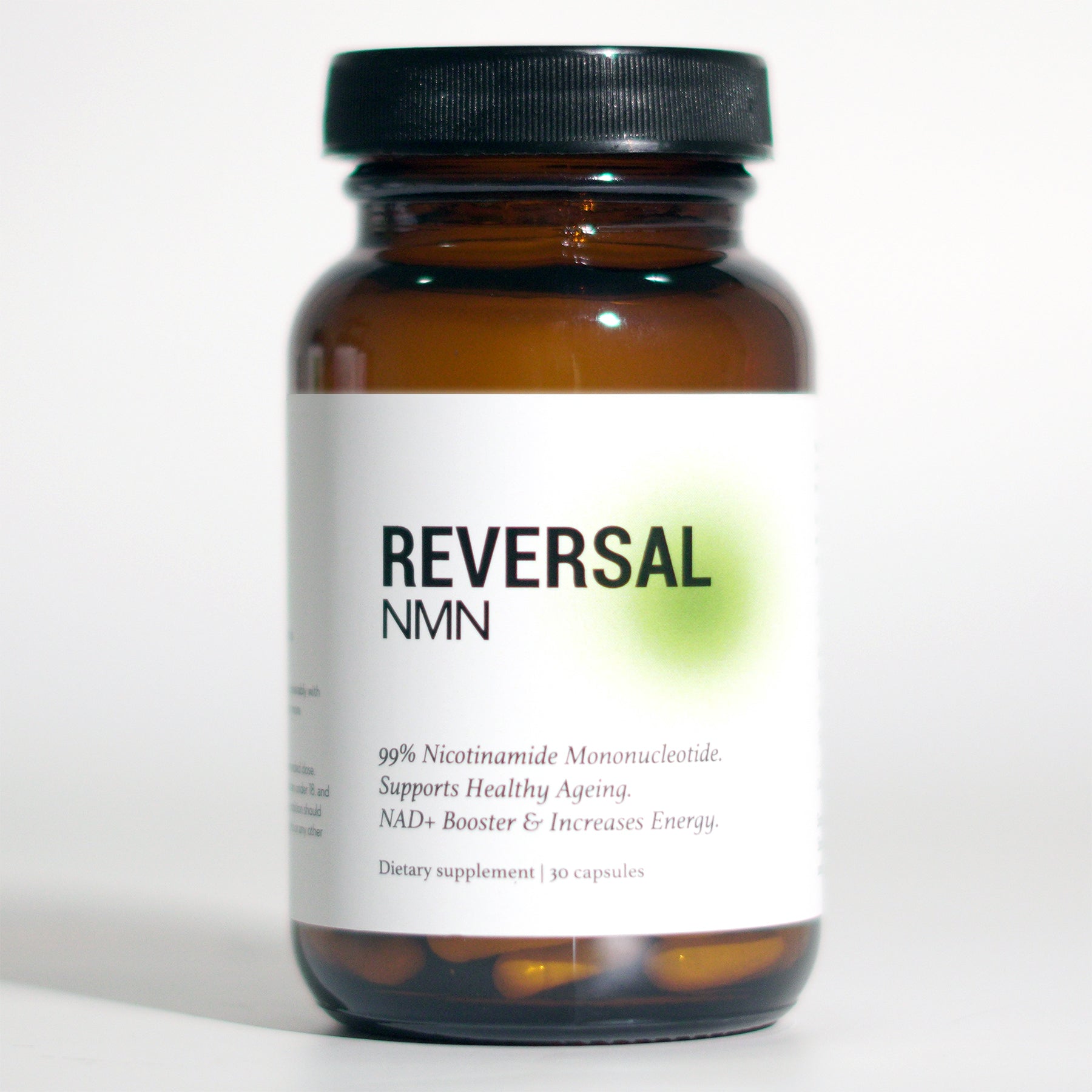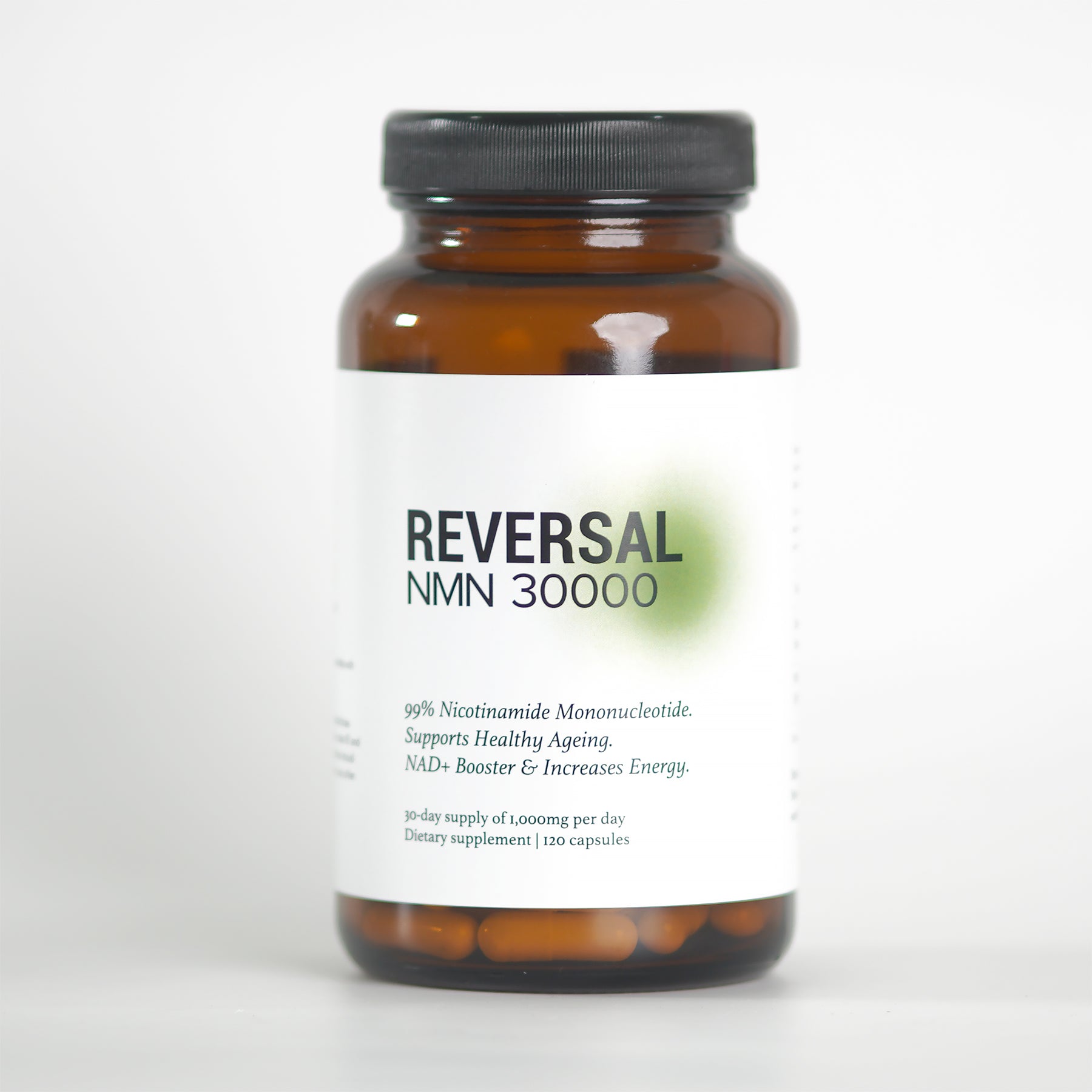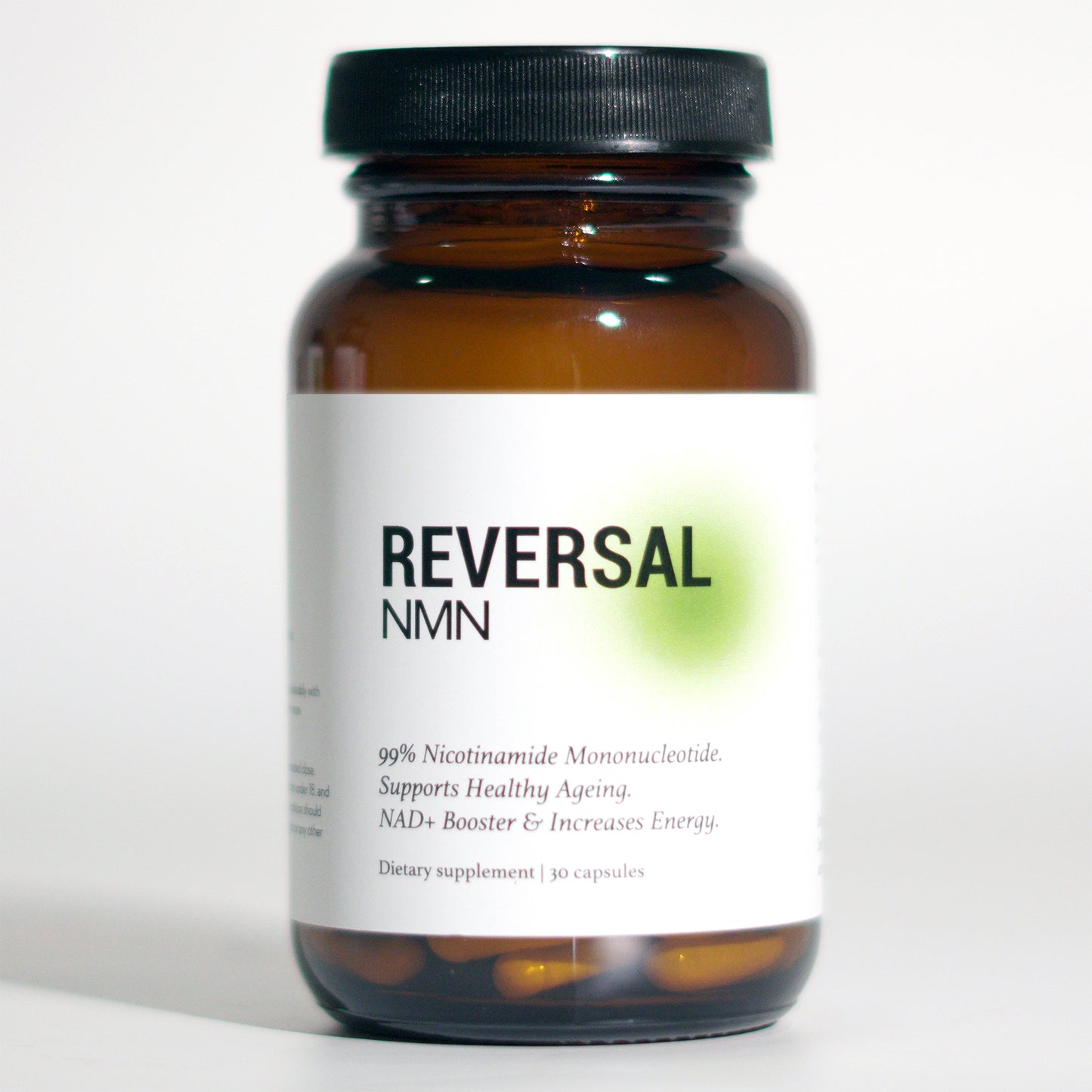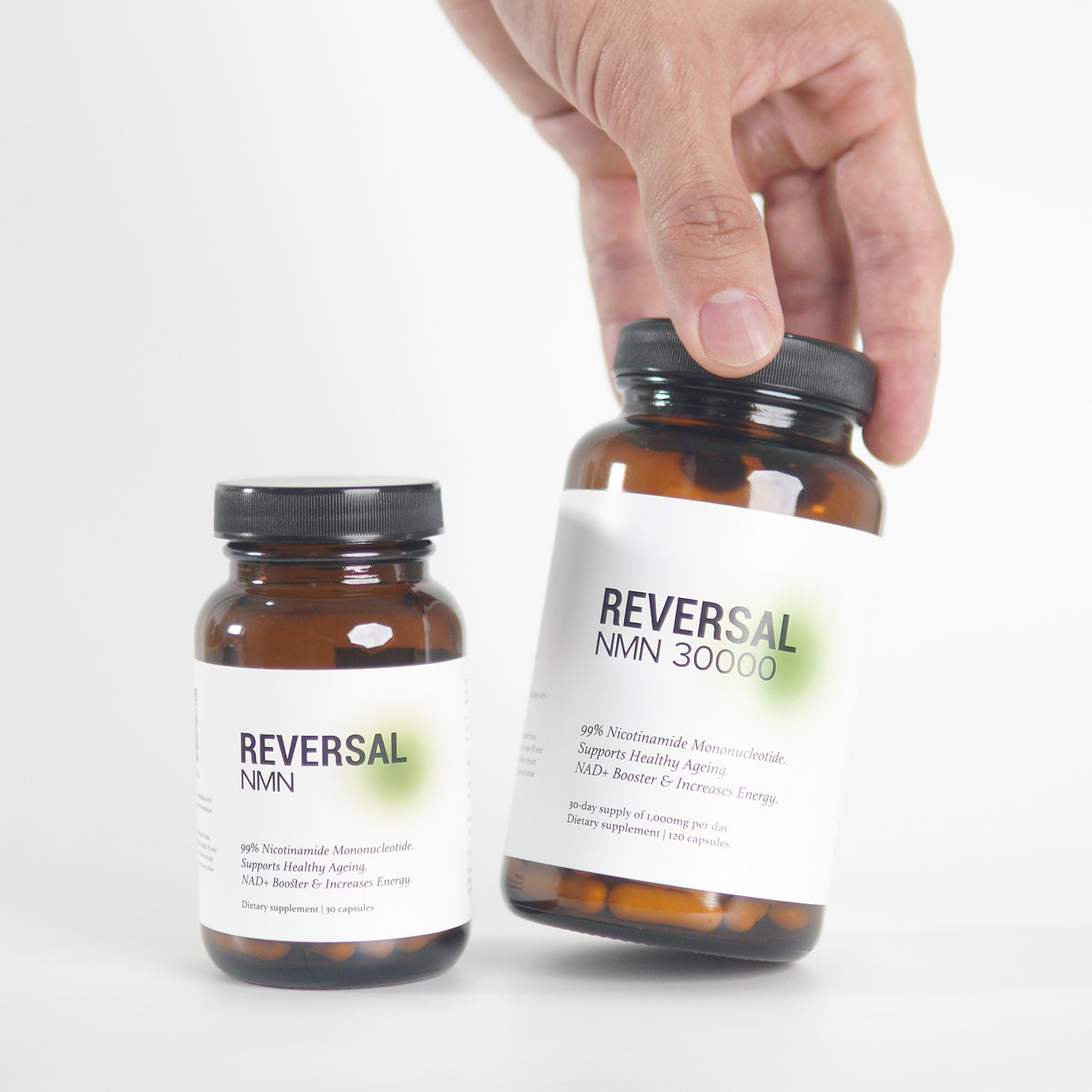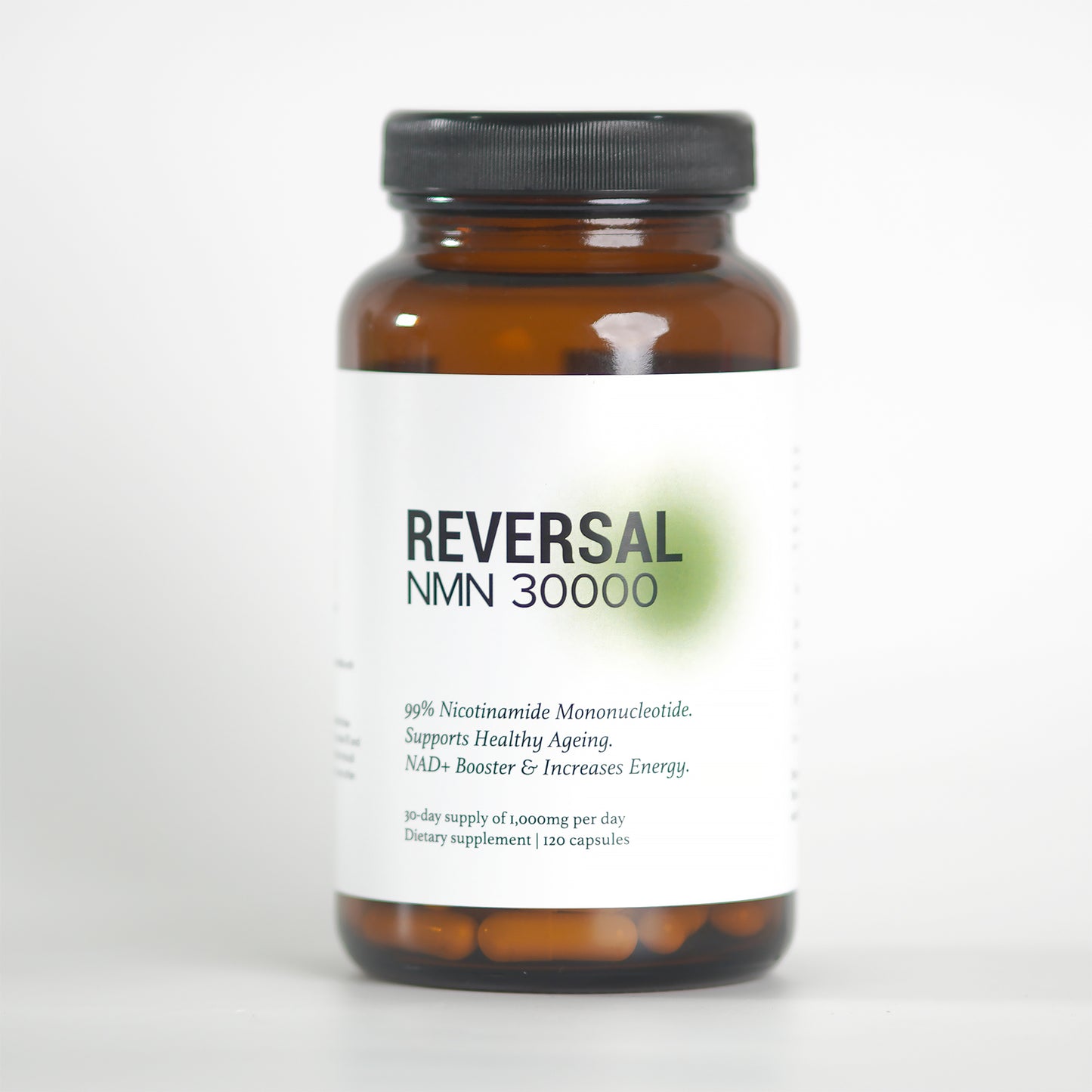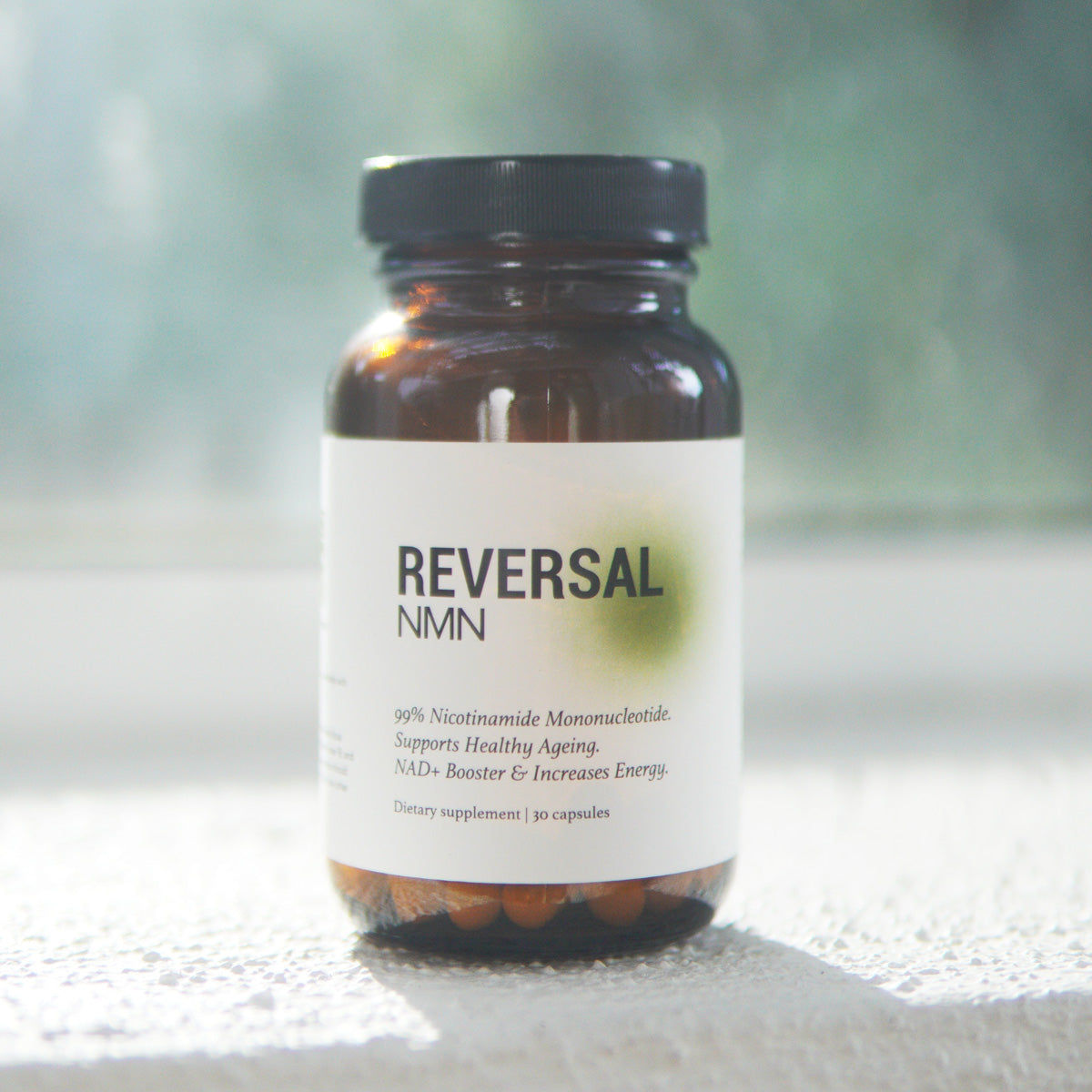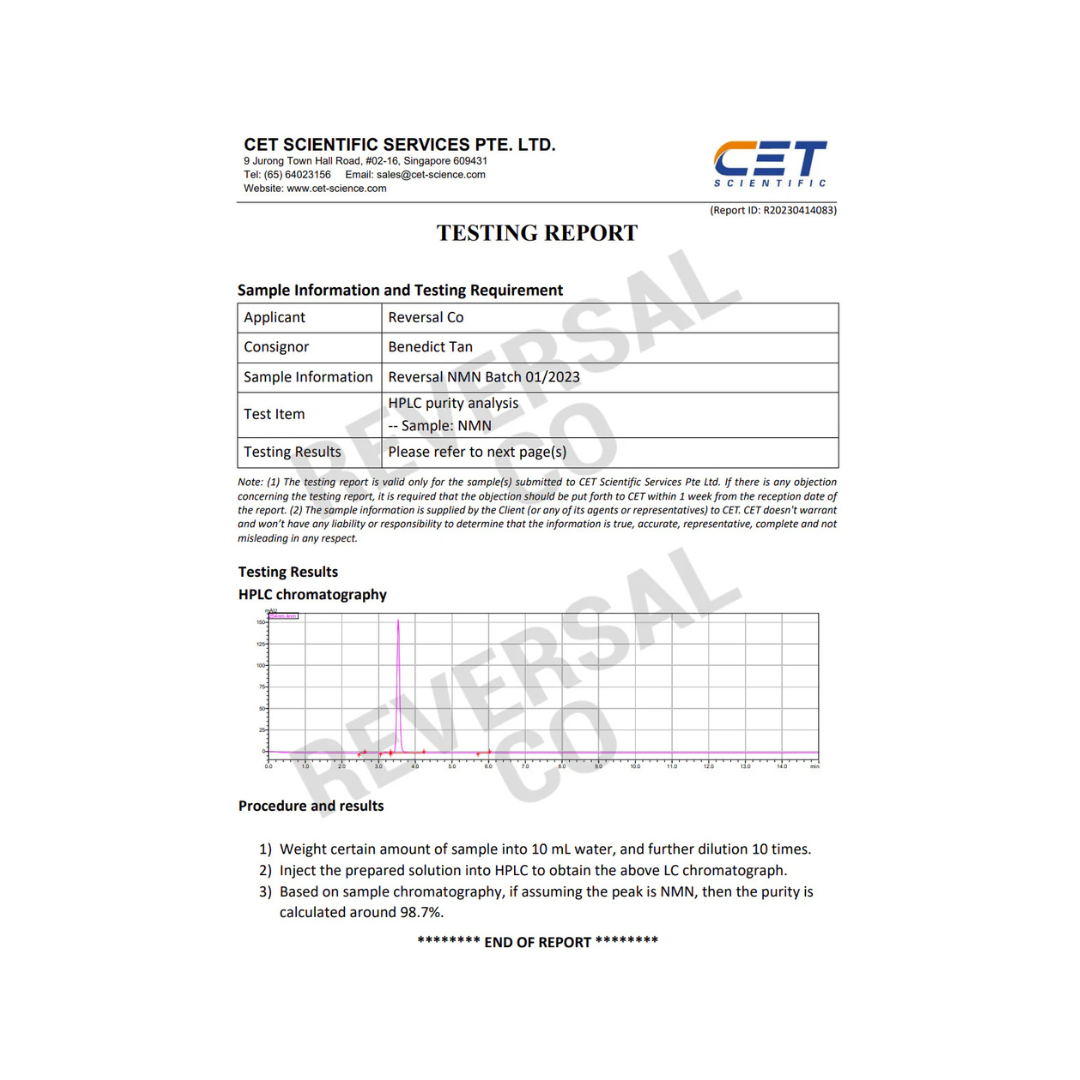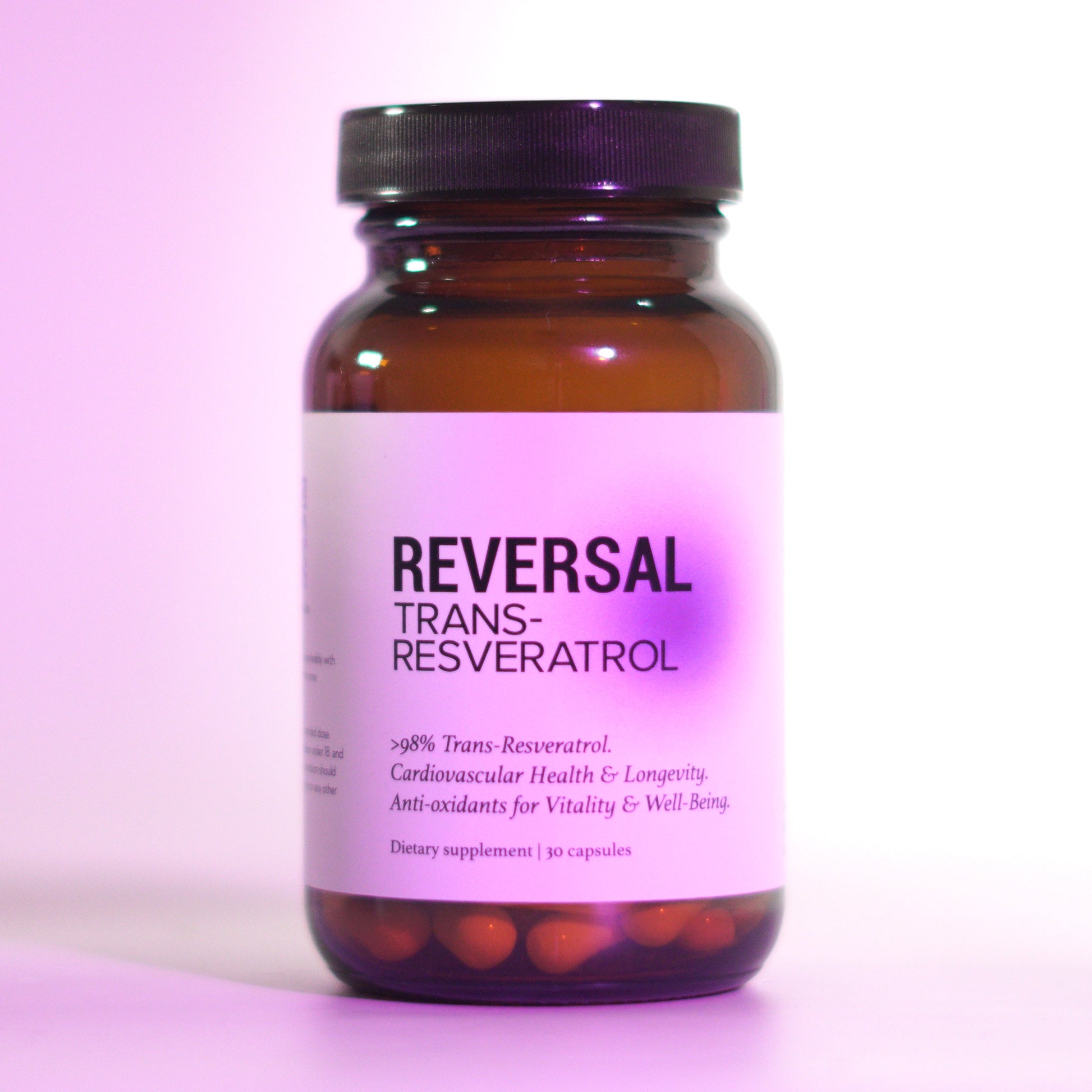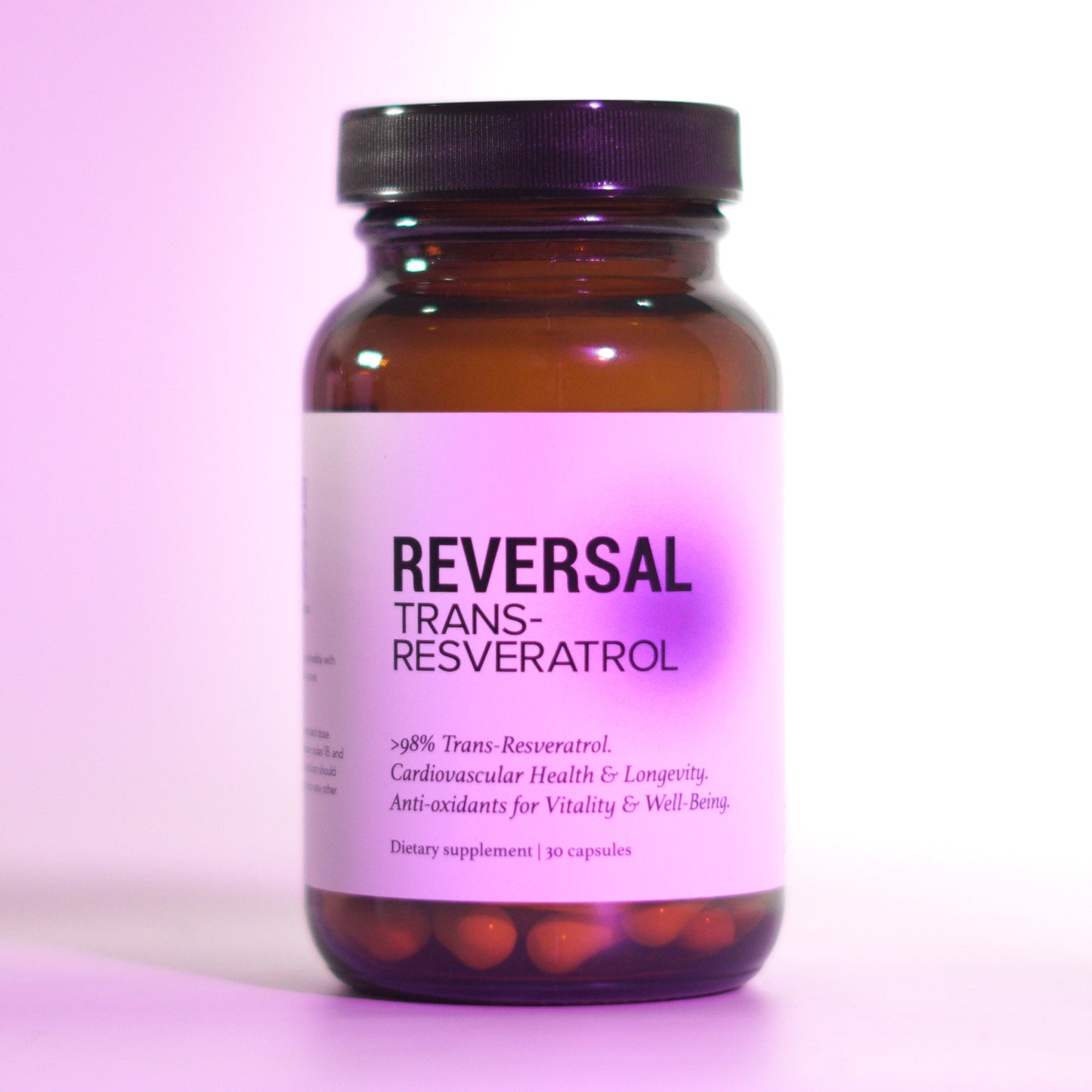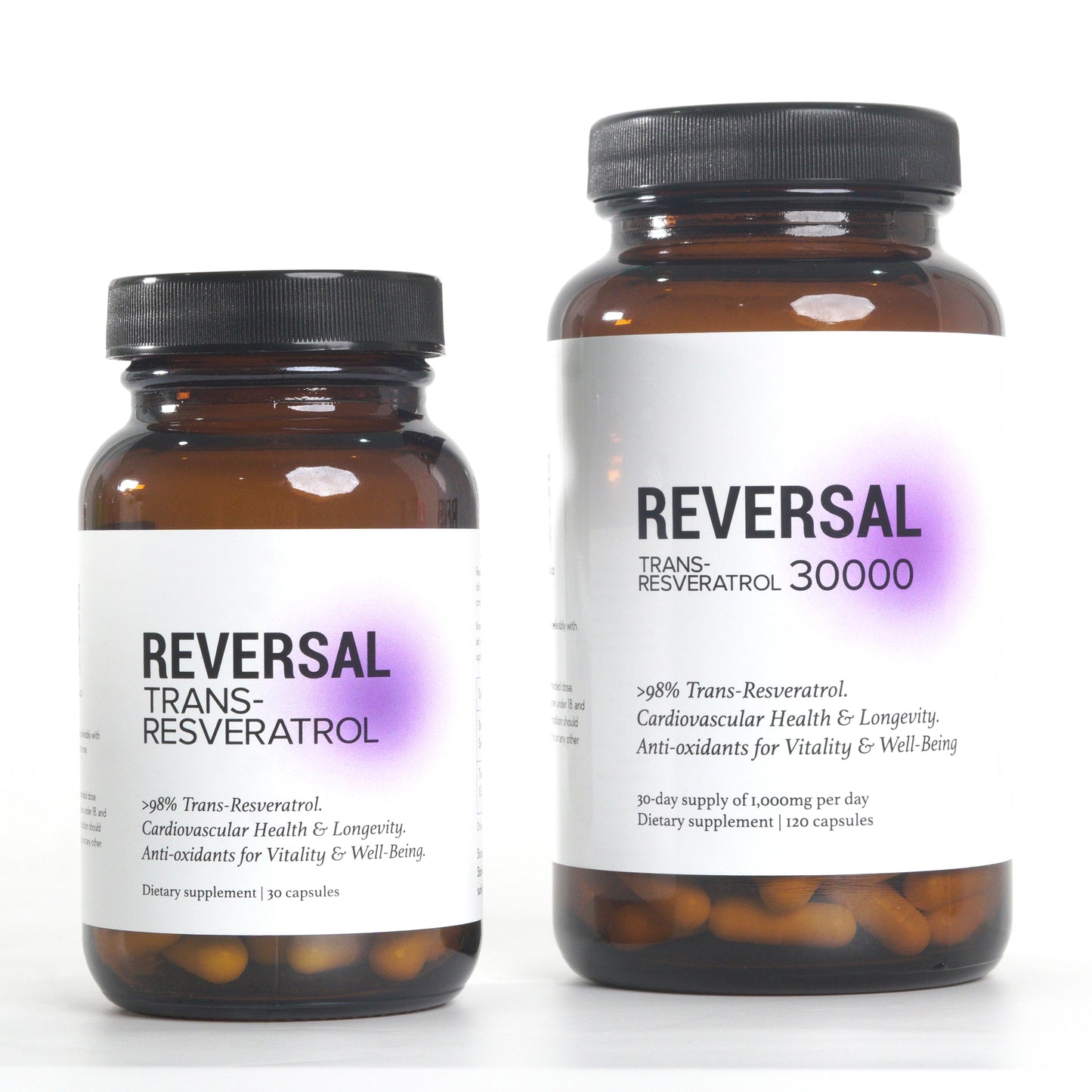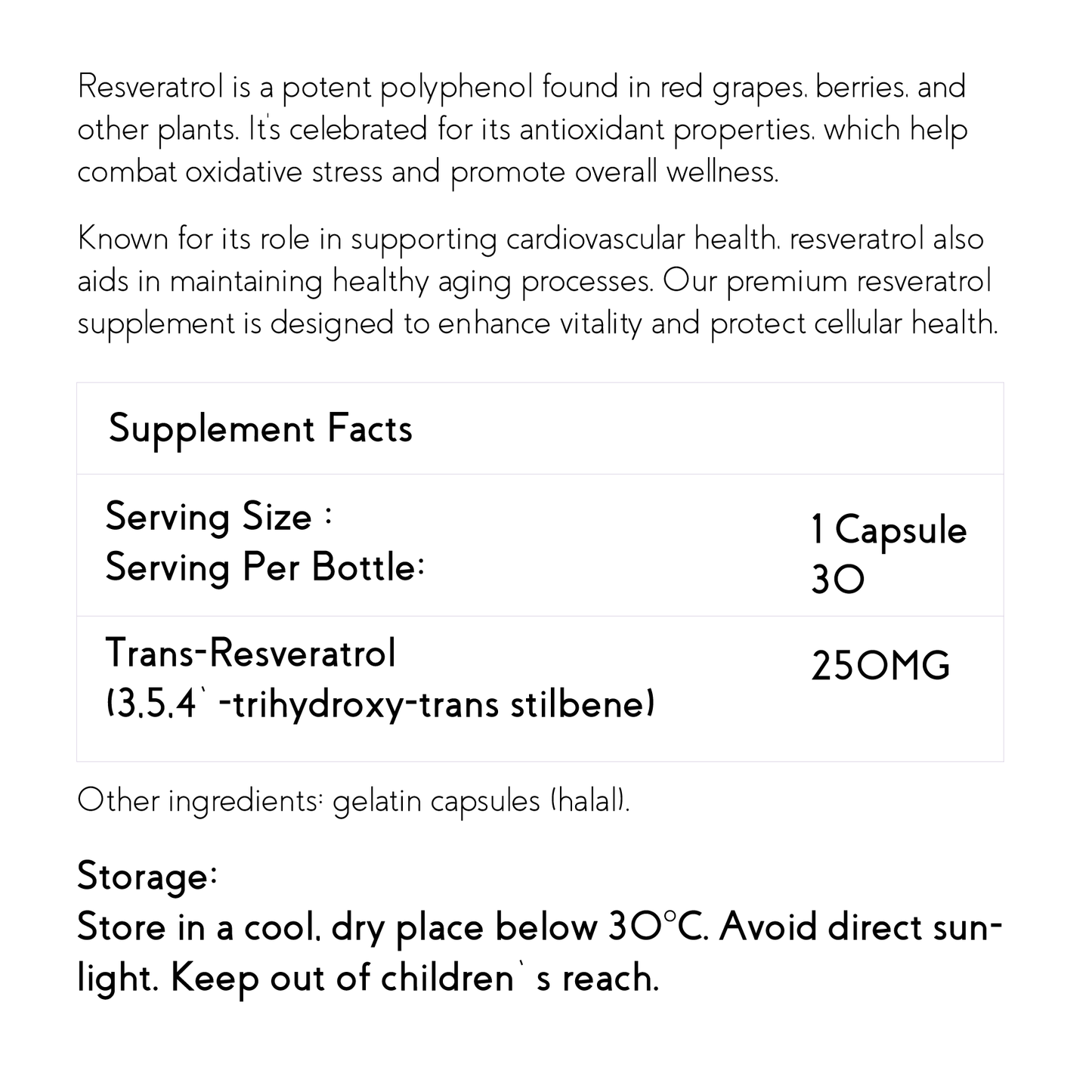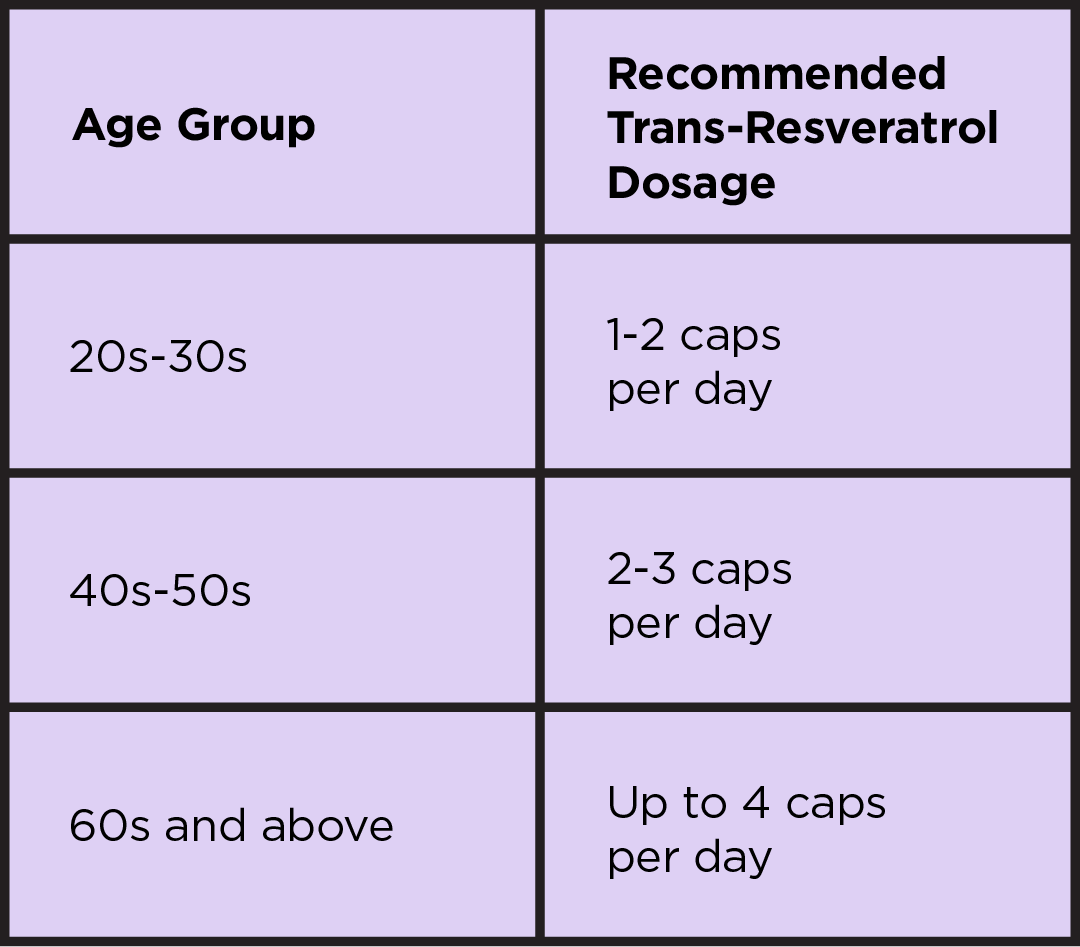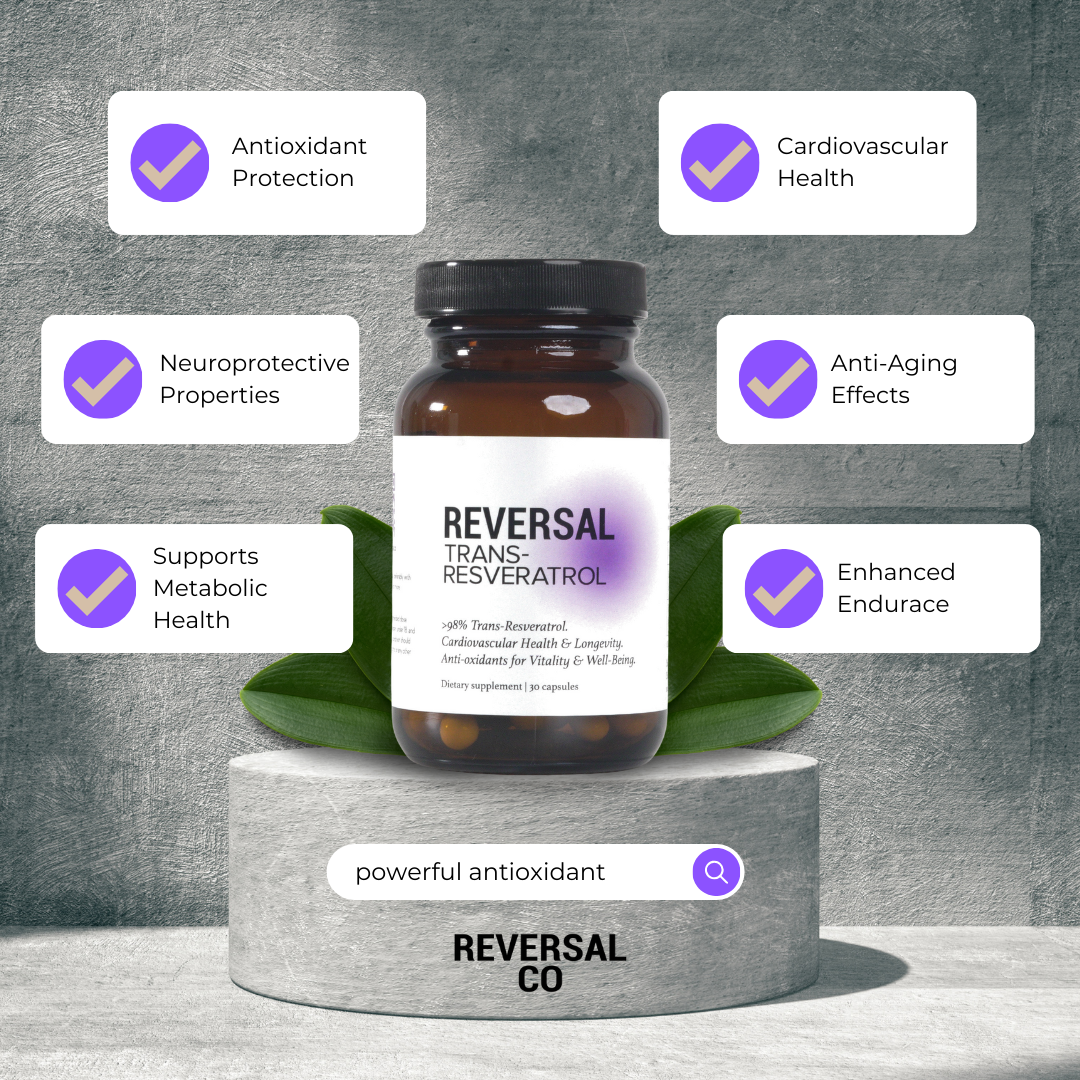Unleashing the Potential of NMN: A Promising Anti-Aging Compound with Broad Applications
Introduction: β-Nicotinamide mononucleotide (NMN) is a biologically active nucleotide compound that holds exceptional anti-aging properties. With potential applications in nutrition, health food, and medicine, NMN has become a subject of extensive research. This article summarizes a study that explores the synthesis and production of NMN through biological methods using different raw materials, and discusses the significance of NMN in combating age-related degenerative diseases and promoting overall wellness.
Optimizing NMN Production
To efficiently synthesize NMN, three in vivo pathways were developed using glucose, xylose, and arabinose as raw materials, with Escherichia coli as the host. The study identified the best pathway through whole-cell catalysis and optimized the cell culture and catalytic conditions to obtain optimal NMN synthesis. The researchers achieved an impressive NMN titer of 1.8 mM.
NMN's Role in Biological Metabolism
NMN serves as a precursor for NAD+ and plays a vital role in biological metabolism. It inhibits NAD+ consuming enzymes and promotes nerve regeneration, making it valuable in treating ischemic brain injury. NMN supplementation has also shown improvements in mitochondrial energy metabolism and cognition, making it relevant for brain health diseases. The anti-aging properties of NMN have potential applications in treating age-related degenerative diseases.
Advantages of Biological Method
Traditional chemical synthesis methods for NMN have limitations, requiring harsh reaction conditions and resulting in low stereoselectivity. However, bio-based processes offer advantages such as high stereoselectivity, mild reaction conditions, and fewer by-products. Biological methods for NMN production include fermentation and enzyme catalysis, with multi-enzyme cascade catalysis proving to be an effective method using glucose as a raw material.
Challenges and Solutions
One challenge faced in NMN production is the accumulation of the key co-substrate PRPP. The study explored different routes in Escherichia coli to supply PRPP using glucose, xylose, and arabinose. The researchers compared the synthesis efficiency of NMN and optimized the culture and catalytic conditions to achieve higher levels of NMN through a whole-cell bioconversion process.
Methods and Findings
The study utilized Escherichia coli BL21 (DE3) as the host cells and constructed plasmids containing various genes involved in the NMN synthesis pathway. These plasmids were created through homologous recombination and ligase reactions. The researchers successfully detected NMN production in all three pathways, with the glucose pathway showing the highest yield. Optimal conditions for cell viability and catalytic reactions were determined, resulting in a maximum NMN production level of 1.8 mmol L-1 (0.6 g L-1).
Future Directions and Conclusion
The article presents potential future directions for NMN research, such as improving PRPP synthesis, addressing NMN degradation, enhancing key enzyme activity and stability, improving protein transportation efficiency, and optimizing NAM importation and NMN exportation. These advancements could lead to higher NMN production and ultimately contribute to the development of effective anti-aging therapies.
Conflicts of Interest: The authors declare no conflicts of interest regarding the contents discussed in the article.
Supplementary Material: Supplementary material in the form of a PDF (363K) is available for further reference. It can be accessed through the provided DOI link: https://doi.org/10.1039/d3ra03857b.
Title of paper: Synthesis of NMN by cascade catalysis of intracellular multiple enzymes
Author(s): Hua W, Jiang N, Wu Y, Zhou C, Chen K, Wang X.
Year published: 2023
Published in: RSC Adv
Original article can be found here.


